Conquer Mount Everest: A Journey to the Top of the World at 1000m
Table of Contents
Introduction
Everest. Just its name calls to the imagination ice cliffs that touch the clouds, jagged rocks and a skyline nearly touching heaven. And it is this, the earth’s most elevated point, that Everest stands not merely as a mountain but as an aspiration, a dream for many, and a challenge in many ways-a test of endurance. Since the first successful ascent in 1953, it has become the high point of mountaineering, the human impulse to conquer the unknown encapsulated

.
Mount Everest, at 29,032 feet (8,848 meters), is that beacon of endurance, ambition, and adventure for humankind. Since the late nineteenth century, by blood and tears, several climbers risked life and limb to triumph over its heights. But what actually propels one into this treacherous journey to Everest’s crest, in order to bear the freezing temperatures, deadly terrain, and thin air? This article leads readers on an exhilarating, arduous and awe-inspiring journey to the top of the world.
Reaching the top, though, is certainly no easy feat. Climbing up Mount Everest has left dangers, challenges, and moments that tested climbers’ limits altogether. In this article, we will learn more about the geography, history, and intense preparation involved in such a monumental climb. We also look into the dangers climbers face exposure to and personal stories of triumph and tragedy among climbers who have reached the roof of the world.

Geography and Glory of Mount Everest
Mount Everest is located on the boundary between Nepal and Tibet (China) and forms part of the Himalayas. It stands tall at 29,032 feet or 8,848 meters-higher than any other mountain in the world. Lofty giants like Lhotse and Nuptse do a majestic shadow dance around Everest, revealing a panoramic vista in the vision of climbers and trekkers-a momentary sight that seals a windless affair.
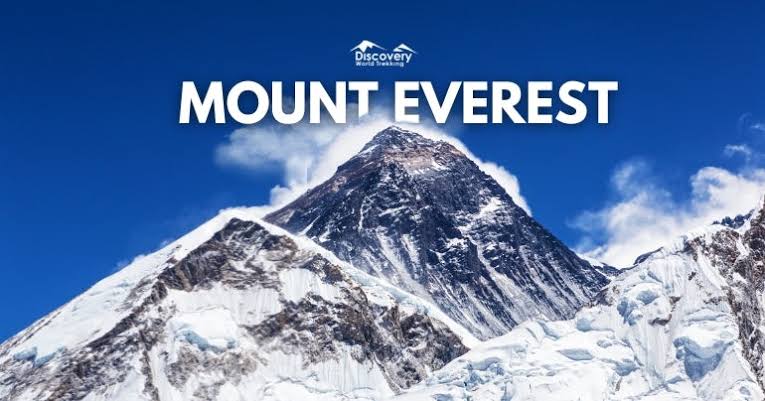
The landscape of Everest is rough and merciless, with towering cliffs, deep crevasses, and constantly shifting glaciers. The mountain base camps are those that climbers initiate their ascents from; these include South Base Camp in Nepal and North Base Camp in Tibet. Such places present wonderful valleys where magnificent views of other Himalayan peaks occur, but the places are quite hazardous environments where even survival can become unachievable.
The History of Mount Everest Expeditions
Until 1953, Everest was considered the “Unconquerable Summit.” Many attempted to ascend its icy heights, but no one succeeded until Sir Edmund Hillary from New Zealand and Tenzing Norgay, a Sherpa of Nepal, stood atop Everest on May 29, 1953, becoming the first humans to conquer the mountain.
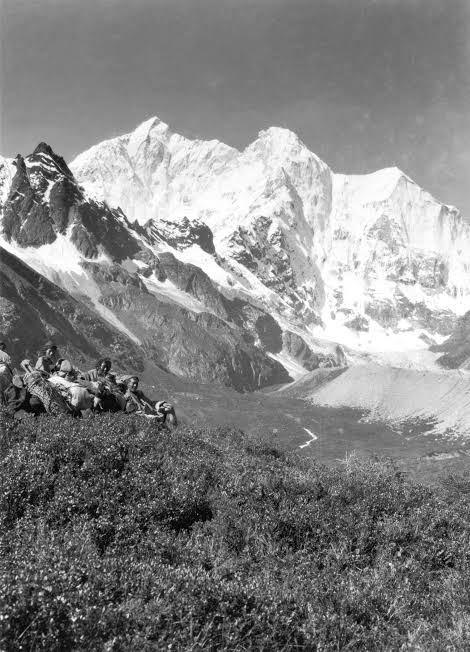
This success story spurred a lot of interest in climbing Everest, and now over 4,000 climbers have successfully reached the summit. Though not an easy feat, however, hundreds of climbers lost their lives to avalanches, frostbites, exhaustion, and lack of oxygen over the last few decades. And the appeal of Everest is at its highest ever.
Why do people climb Everest?
What can bring people to train for months and risk their lives over weeks in preparation for climbing the world’s most daunting natural challenge, Mount Everest? For many, the allure of Everest can be summed up as a test of one’s limits, a way of measuring them against nature’s greatest challenge. The physical and mental effort put into conquering Everest is monumental. It is obsessive for most climbers-a need to reach the outer limits.

Beyond the personal challenge, Everest is said to possess deep spiritual and cultural value. To the Sherpas and in general, the Nepalese, this mountain referred to as Sagarmatha, Nepal or Chomolungma, Tibet is sacred. As a goddess, many climbers observe ceremonies or seek blessings from local priests before making the attempt at climbing up.
The Treacherous Route to the Top
Scaling Mount Everest is a challenge reserved for the brave and determined. Climbers must face dangers that can strike at any given moment. Avalanches can sweep across the mountain at terrifying speed, and there are crevasses hidden beneath the surface that can swallow a person whole. Yet perhaps the biggest threat is the “Death Zone”—the region above 26,000 feet, or 8,000 meters, where oxygen levels are so low that the human body starts to break down.
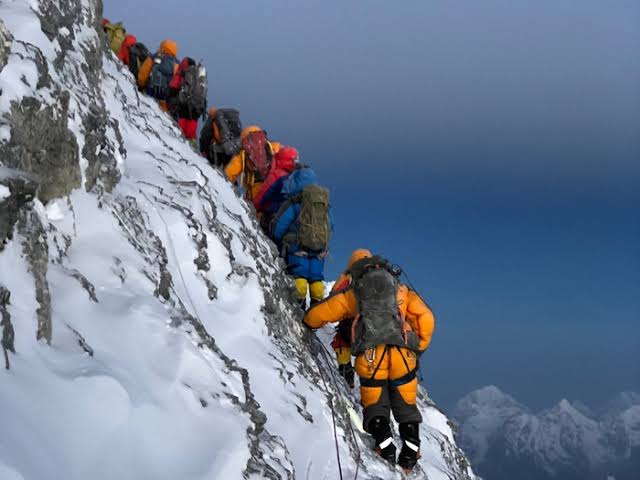
In the Death Zone, there is a risk of the development of HACE and HAPE; if left untreated, these can prove fatal. The body function begins to decline, and every step upwards feels a task of monumental scale. Describing the experience, many climbers say that it feels as though “they are fighting their own body to stay alive.”
Training and Preparation for Everest
Climbing Mount Everest is not something one can wake up one morning and decide to do. It requires years of training, both in terms of mental and physical abilities. Climbers have to be really fit; otherwise, they cannot stand long hours of hiking and climbing, not to mention the weather. The most important part is the strength and endurance training; altitude training helps train the body to get used to lower oxygen levels.
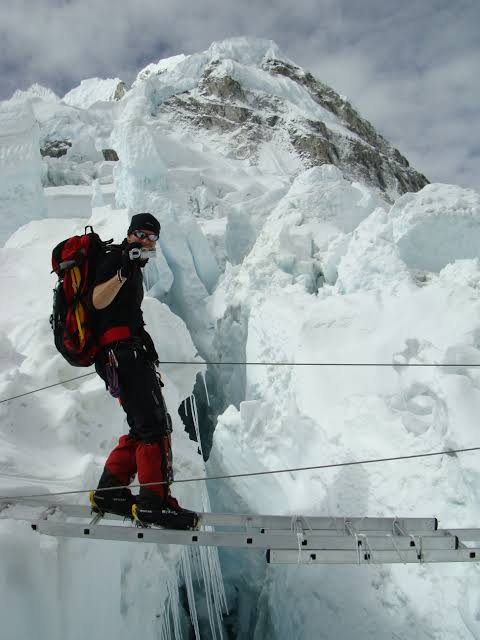
Another aspect of acclimatization is actual climbing. It really takes several weeks; the climber spends considerable time at different camps, where he or she acclimatizes to the thin air.
Beside physical fitness, the right equipment is needed by a climber. These include insulated clothing, climbing boots, helmets, harnesses, ropes, ice axes, and above all, oxygen tanks. Use of bottled oxygen is often essential at altitudes above 26,000 feet, where the air is too thin and the body cannot survive without artificial assistance.
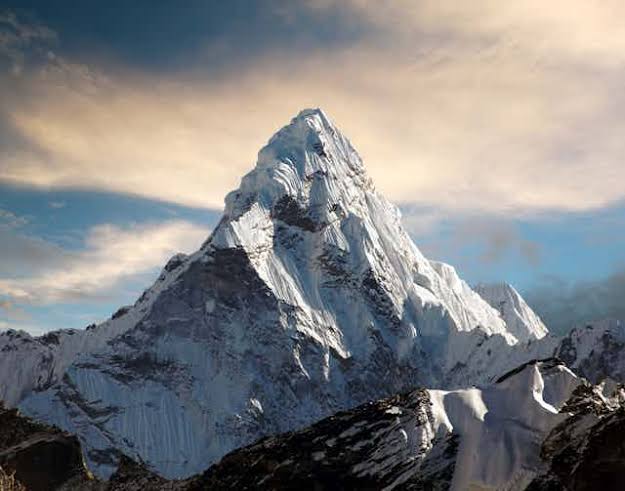
The Route to the Top: South Col and North Col
There are primarily two routes up the mountain: the South Col route from Nepal and the North Col route from Tibet.
South Col Route:
The more popular and utilized one, the route starts from South Base Camp of Nepal. Climbers move upward through the treacherous maze of shifting ice and deep crevasses that forms Khumbu Icefall to the last staging area to the summit called South Col Camp IV.
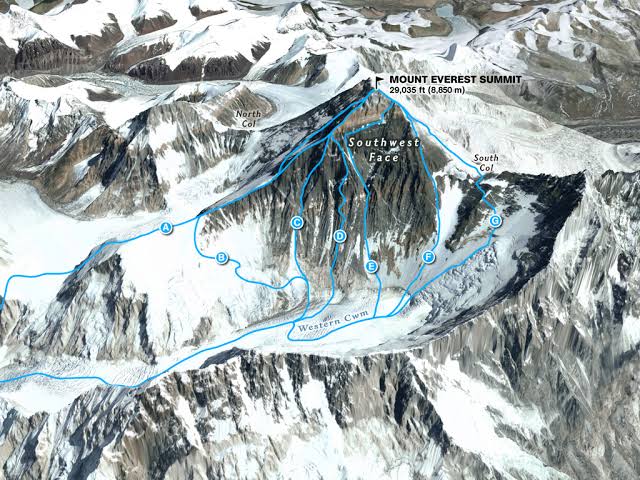
North Col Route :
It is on the Tibet side. It is less technical, but exposed to fierce winds and brutal weather. Climbers must ascend through steep ice slopes as well as rocky terrain to reach the summit.
Both routes are dangerous in their own ways, but they lead to the same conclusion: the top of the world.
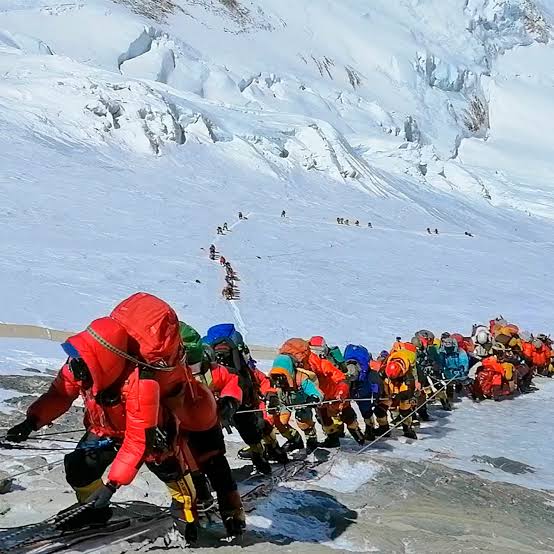
Life at the Everest Base Camp
To be taken to the summit, climbers start out from Everest’s base camps. Here, they spend weeks acclimatizing to the altitude and preparing for their climb and waiting for the ideal weather window. At Base Camp, there’s a mix of excitement, anticipation, and nervousness. Climbers form very close communities.

Sherpas are the native people of Himalayas, and play a critical role at Base Camp as well as while ascending. Expert guides, they form the backbone of almost all the expeditions that have ever climbed the world’s highest, Everest. With their exceptional knowledge about the mountain and ability to perform at high altitudes, they carry loads, set up camps, and guide climbers safely to the summit.
Sherpas: The Unsung Heroes of Everest
Sherpas are the unsung heroes of Everest, for though it is the climbers who tend to hog all the limelight, Sherpas essentially play a far greater role than a guide, as their ancestral stock endows them with characteristics that prove productive at altitudes where most others must merely survive: they are native caretakers, rescuers, and, in some instances, saviors.
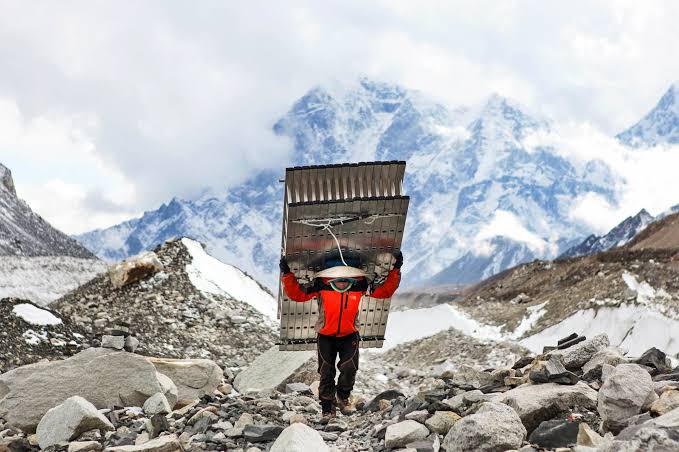
To give you an idea of just how impressive the feats that some Sherpas have managed, here is Apa Sherpa, who has summited Everest a record 21 times. No one knows the mountain and the risks associated with climbing Everest any better than a Sherpa, which is why no climber would ever want to tackle the mountain without them. It’s dangerous work, however, and many Sherpas have died serving expeditions.
Overcoming the Final Barrier: Climbers Make Their Push for the Summit
This is the steepest and hardest part of the ascent to the top. From South Col, the climbers will traverse steep ridges that include the notorious Hillary Step, nearly vertical rock face just below the summit. The denial of oxygen combined with extreme cold and exhaustion makes every step like an eternity.
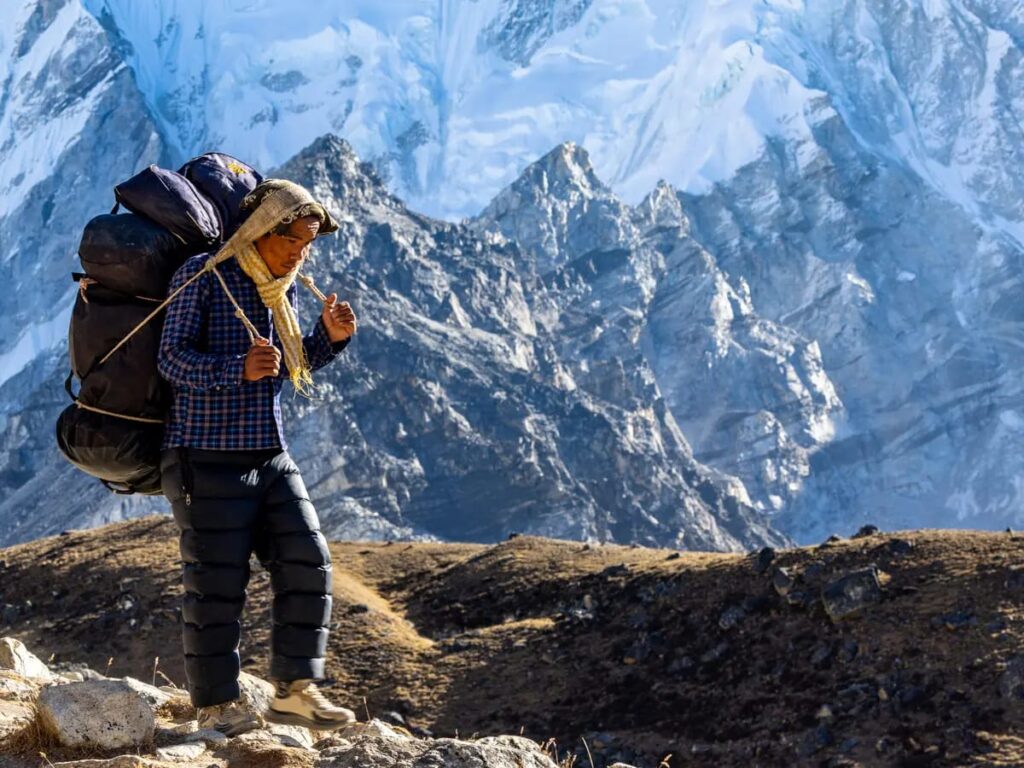
For those who make it to the top, the feeling is indescribable. Standing at the highest point on Earth, gazing down at the world below, is an experience no one living forgets. But there’s little time to celebrate getting to the top – getting down is just as dangerous, if not more so, than climbing up.
The Descent: The Most Dangerous Part
In fact, the climb down from Everest is usually considered the more hazardous part of climbing it. Fatigued, dehydrated, and oxygen-starved climbers make more mistakes. And, of course, a climber’s worst enemy is exhaustion, accounting for many deaths on Everest when climbers go down.
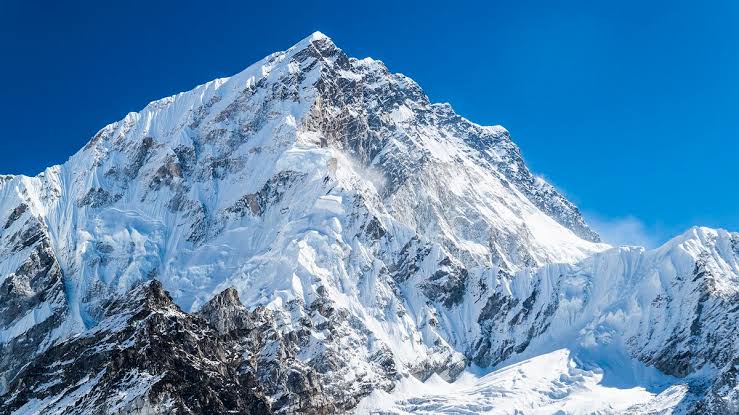
Death Zone-notoriously hazardous-and requires, therefore, great concentration and physical stamina, fatalities include exhaustion victims or being swept up in a thunderstorm as they attempt to try to make their way down. However, those who do return from the mountain say that the rush of surviving is just as great as that of summiting.
Environmental Impact of Mount Everest Expeditions
This rise in climbers in annual count has exerted major environmental stress for Mount Everest. The discards that litter around the mountain include oxygen tanks, tents and other camping equipment from climbers. With thousands of climbers visiting the base camps and higher camps annually, there are now issues with rubbish and human excreta.

Many organizations have taken steps to clean up the mountain, including the Eco Everest Expedition, which has removed tons of garbage from the mountain. Nonetheless, tourism as an added factor on top of this worldwide factor of climate change is mounting colossal pressure on this sensitive ecosystem of Everest.
The Cost of Climbing Everest
The financial cost of climbing Mount Everest runs into thousands of dollars. Probably the largest cost is the permit alone, which costs between $11,000 and $25,000 depending on the route and season. Secondly, climbers pay for the various gears, guides, Sherpas, and other logistical expenses. The cost of a climb therefore may range from $30,000 to $100,000 or more.
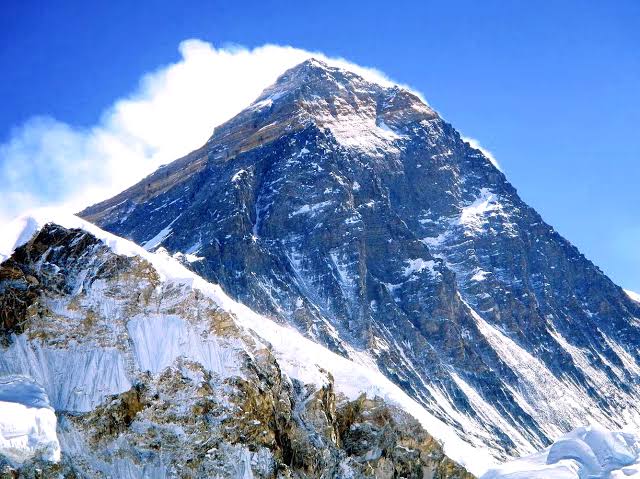
But the cost does not end there. Many climbers are away from their families for months at a time. They risk life and limb to achieve their dream. For some, the price is just too high, and they never come home again. The ethics of climbing Everest—do the rewards justify the risks? —continue to be widely debated.
Stories of Triumph and Tragedy
Everest is a hub of great victory and heartbreaking tragedy. Climbers like Sir Edmund Hillary and Tenzing Norgay had left in their wake the imprints of history that motivate every climber to follow in their footsteps. Still, for every story of success, there are even tales of climbers who never made it back home.
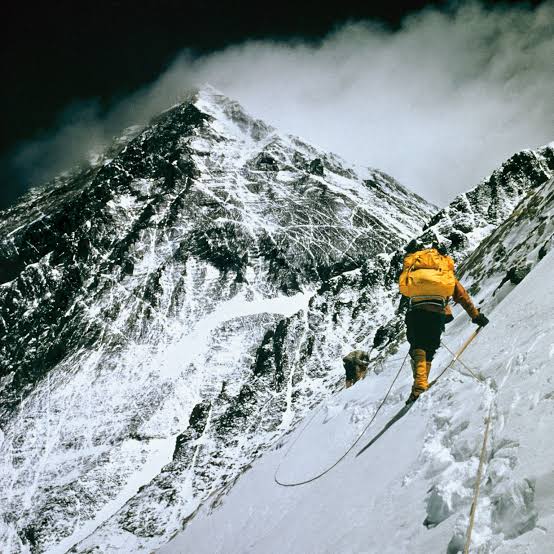
One of the saddest incidents regarding Everest happened when a severe storm ravaged the mountain in 1996, killing eight climbers. Their incident was later followed up with Jon Krakauer in “Into Thin Air.” That book should serve as a strong reminder of the dangers Everest poses.
Conclusion
Mount Everest is more than just the highest peak in the world; it also symbolizes human preservation, ambitions to go beyond their capability, and the desire to push harder. To those who stood at that summit, this experience was a transformative one, testifying what could be achieved through determination and endurance.
However the access to the peak is precarious; one suffers both physical and psychological distress. While adventure-seekers maintain their concentration on Everest, we, too, should focus our attention on the environmental and ethical implications of this adventure. Yet to all those who are brave enough, Everest Summit is the ultimate reward, a place where imagination meets reality.
FAQ’S
How much time is required to ascend Mount Everest?
All this acclimatization process takes roughly two months. The actually climb from base camp to the summit and back takes about 10 days
At what time of the year is the best time for the Everest climbing?
The best time to climb Everest is during the pre-monsoon season (April to May), or the post-monsoon season (September to October) as the weather is relatively stable.
How many people have died on Mount Everest?
The first expeditions on Mount Everest had occurred in the 1920s, in which more than 300 people lost their lives trying to get up to the summit. In most cases, deaths occur at an altitude greater than 8,000 meters, popularly known as the Death Zone.
Can anybody climb Everest? Or do you need special qualification?
To climb Everest, one needs a great deal of experience in high-altitude mountaineering. Most climbers spend years of preparation to climb several other major peaks before climbing Everest.
What other options does an adventure have to climb?
Less extreme but no less rigorous, yet still fascinating, are Mount Kilimanjaro in Tanzania, Mount Aconcagua in Argentina, and Denali in Alaska.




